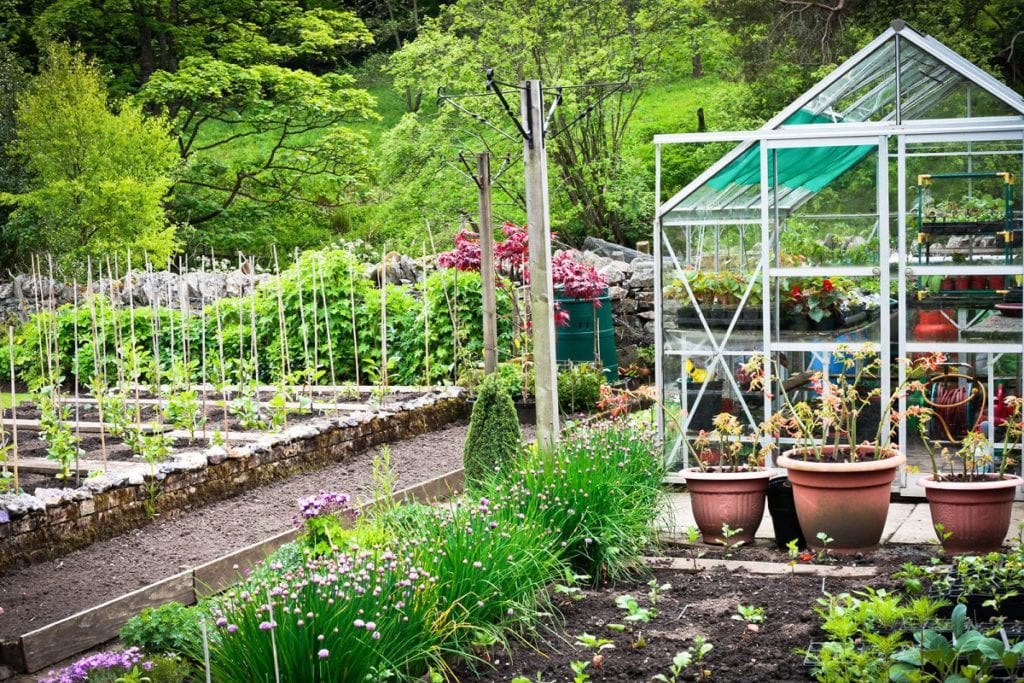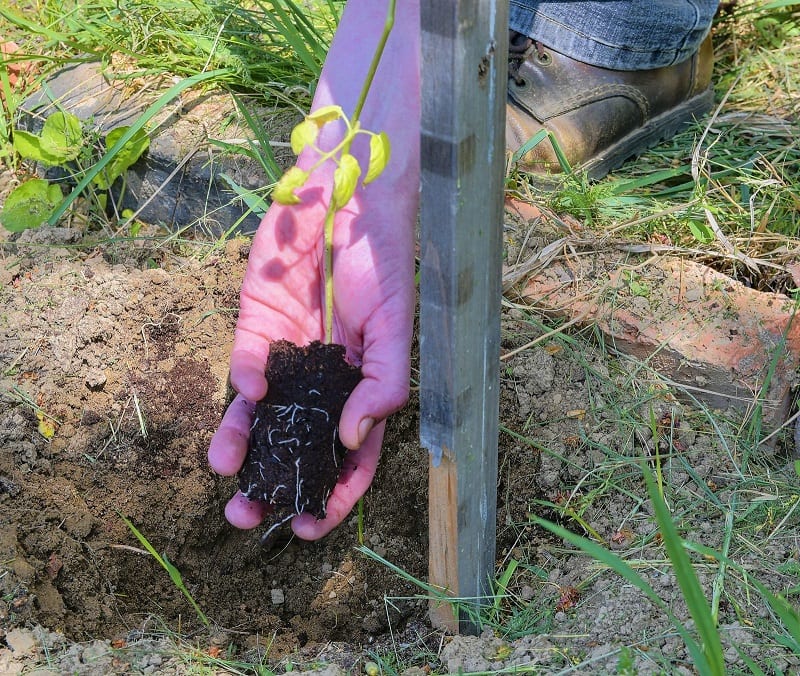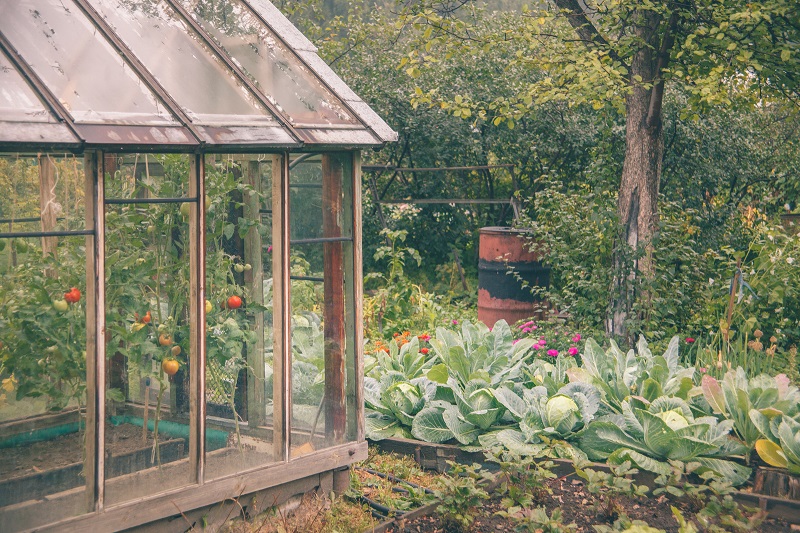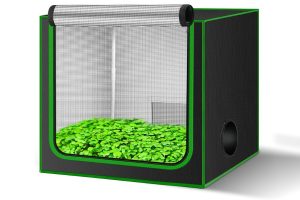
Crop rotation is a systematic method of determining what to plant where in your vegetable garden from one year to the next according to plant groups.
The practice is essential to the maintenance of healthy soil and abundant crop yields.
Why You Need to Rotate Crops
Contents
Planting the same thing in the same place year after year drains nutrients from the soil. You can avoid this by changing what you plant on a particular plot or bed from year to year.
Rotating plant families around your garden also helps manage soil-borne diseases like verticillium wilt, and soil-dwelling pests like corn root-worms.
Pests and diseases prefer certain kinds of plants, and the longer the plants stay in the same soil, the better their chances of establishing themselves in your garden.

Understanding How Crops Use Soil
The trick to effective crop rotation lies in understanding how each crop uses the soil. Different crops use different amounts of soil nutrients. Certain crops even add nutrients to the soil.
Some crops are heavy feeders. These include tomatoes, broccoli, cabbage, corn, eggplant, beets, lettuce, and other leafy crops.
Some crops require fewer nutrients from the soil. Garlic, onions, peppers, potatoes, radishes, rutabagas, sweet potatoes, Swiss chard, and turnips fall under this group.
Other crops add beneficial elements to the soil. Peas,
beans, and cover crops such as clover belong to this group.

A Simple Crop Rotation System
Imagine your garden divided into three sections. You would move each group one spot clockwise. For example, you would plant your heavy feeders in Area 1 one year, then the next year you’d move them to Area 2. You would move the other two groups clockwise, as well, each year.
If you have more than three planting beds and you grow a large number of vegetables, you can dedicate more than one bed to each group each year. You can still maintain the same system of rotation.
There are, of course, any number of ways to group crops. You
can rotate by harvest or by plant family, as well, and still reap the same
benefits.

Crop Rotation in Small Gardens
Crop rotation in small gardens can be difficult, but certainly not impossible. You can follow a tomato with a bean one year after the other.
Or you can replace a heavy feeding crop such as tomato in
the spring or fall with peas in the spring or beans the next summer. You can
also replace a heavy feeder with a green manure cover crop that feeds the soil,
says Steve Albert for Harvest to Table.

Tried and Tested
Granted, crop rotation isn’t the top gardening trend right now. That’s because it isn’t new at all. In fact, gardeners and farmers have been practicing crop rotation for thousands of years.
Historians believe farmers in the Middle East practiced crop rotation as early as 6,000 B.C., although they may not have fully understood the science behind the practice.
That should tell you that this tried and tested growing practice works and is necessary for keeping your garden healthy and bountiful.
Do you practice crop rotation in your vegetable garden? We’d love to hear about your experiences.








